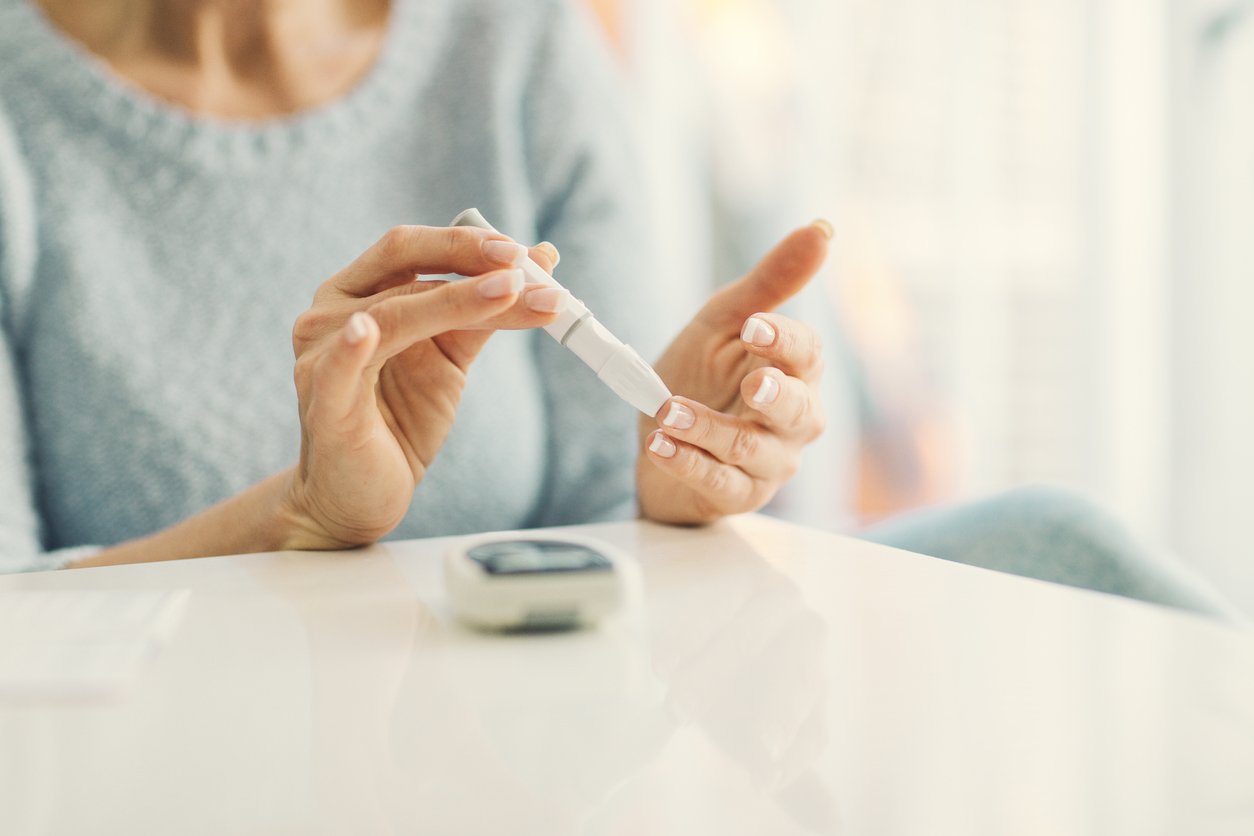The US National Institute of Diabetes estimated that those who suffer from some form of diabetic neuropathy account for around 60-70% of the total diabetic population.
Diabetic neuropathy is one of the complications of type-2 diabetes (also known as “diabetes mellitus”), an ailment that affects the stimuli-transmitting ability of nerve fibers. This results in sensory and motor ailments, with many symptoms such as cramps, formication (tingling sensation on skin, like insects crawling on it), pain (mainly overnight), headache. Neuropathy can also threaten the blood flow, blood pressure regulation, intestinal function, and the urinary tract function.
Neuropathy is peripheral when it affects hands, legs and feet, while it is autonomic when it affects internal organs.
Prevention is Paramount
Neuropathy prevention is paramount in the treatment of diabetes, as Doctor Cesare Berra, Supervisor of the Metabolic Diseases Section at Humanitas, explains: “Diabetic neuropathy is one of the micro-vascular complications caused by diabetes. Due to its nature, similar to that of diabetic nephropathy and retinopathy, it is possible to prevent it by healing the metabolic disease precociously and adequately.
Scientific data agree on considering overriding an early treatment of hyperglycemia, to be carried out with the best medications available. At Humanitas we are able to use the newest medications for diabetes, that always have to get combined with an adequate educational therapy about the right lifestyles. In addition to this, I would like to highlight that, unfortunately, diabetic neuropathy is a contributory cause of the so-called “diabetic foot”, another dangerous complication of diabetes”.
Quit smoking and pay attention to blood pressure and cholesterol
“Micro- and macro-vascular complications are caused by hyperglycemia and by other factors, such as high blood pressure (mainly involved in diabetic nephropathy) and cigarette smoke (always harmful to large and small blood vessels). Diabetics should absolutely avoid smoking and monitor adequately their arterial pressure (around 120/130 the systolic one and 80 mm/Hg the diastolic one, according to the new guidelines) and their lipid parameters (in particular, LDL cholesterol levels should be lower than 100 mg/dl)”, Doctor Berra explains.
-
3,400 Physicians
-
110,400 Annual surgeries
-
190,400 Annual Inpatient Admissions
-
928,000 Patients


